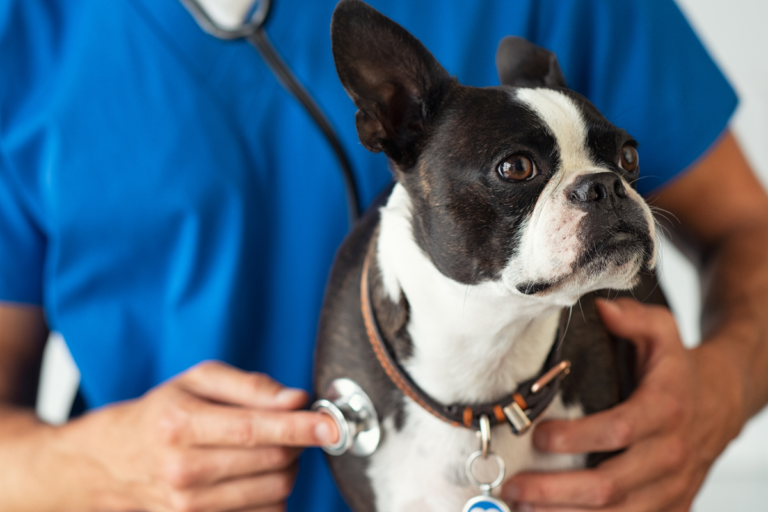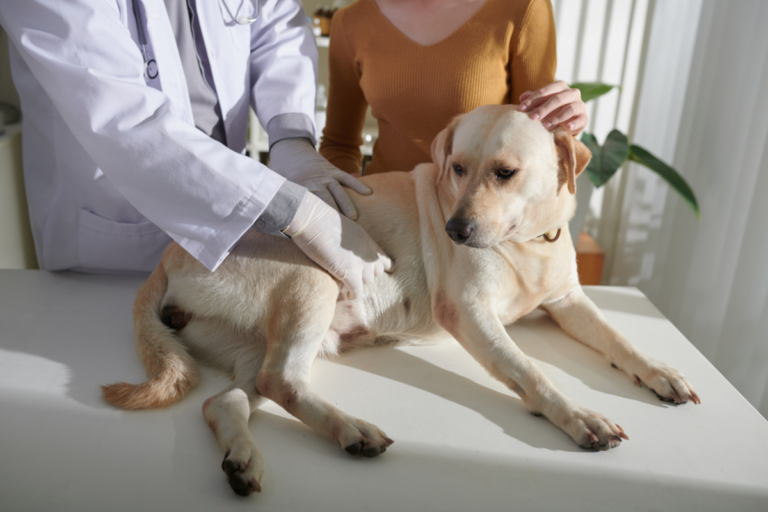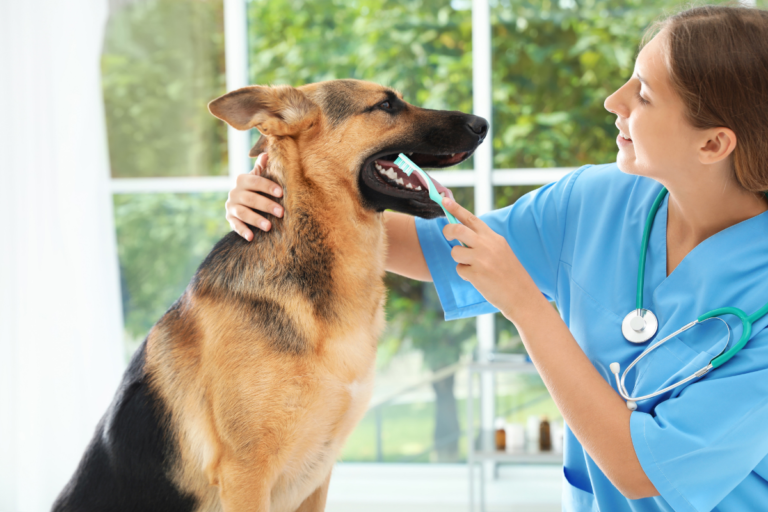Protecting Our Pup: Understanding Beagle Health Problems
Beagle Health Basics
Understanding Beagle Health Needs
Our Beagles are bundles of love and energy, but to keep them wagging and healthy, we’ve got to be clued in on their health needs. This canine charmer usually falls into one of two size categories: either standing tall at 12-15 inches or staying snug under 12 inches. No matter the stature, a healthy Beagle should be a trim 30 pounds or less. But beagles are sneaky when it comes to snacks – they have a knack for putting on weight. To dodge the belly bulge, stick to serving meals at set times and nip the free-feeding habit in the bud. Plus, you’ll both benefit from plenty of playtime and walks.
Those floppy ears may be their signature look, but they also invite trouble. Because of the cozy, dark spaces that their ears provide, bacteria and yeast see them as prime real estate (PetMD). Regular ear checkups and cleaning with a good-quality ear cleanser can keep infections at bay and make sure your Beagle’s hearing is nothing but tip-top.
Common Health Issues in Beagles
We all want our furry pals to stay in peak condition, but Beagles have a few hiccups in the health department. Keeping one step ahead of these issues means a happier, healthier hound for years to come. Here’s a lowdown on the health hurdles they often face, like obesity, hip dysplasia, and ear infections:
| Health Issue | Description | Risk Factors |
|---|---|---|
| Obesity | Beagles have a penchant for piling on the pounds, which doesn’t bode well for their health. Thin down the risk with portion control and regular workouts. | Poor diet, lack of activity |
| Hip Dysplasia | This dodgy hip situation involves the wonky development of the hip joint, leading to ouch-inducing moves and arthritis later. Options like surgery or meds might be on the cards. | Genetic issues (Vetericyn) |
| Ear Infections | Their floppy ear flaps might look cute, but they also make Beagles more infection-prone. Regular ear care keeps pesky bacteria and yeast at bay. | Anatomy of the ear, lack of ear care (Vetericyn) |
Keep an eye out for signs of ear infections like balance issues or frequent ear scratching. Solutions might involve some top-notch ear cleansers or a trip to the vet for the best course of action.
For deeper dives into diseases and how to dodge them, check the rest of our articles on dog diseases, dog illnesses, and deadly dog diseases.
Keeping Our Beagle Buddy Healthy
Keeping Them In Shape
Let’s face it: our beagles have that squishy charm and love to snack, but they can pack on the pounds if we’re not careful. Beagles are typically medium-sized, yet they come in two heights — either hitting 12 to 15 inches or staying under 12 inches tall. Our chunky little pals shouldn’t tip the scales past 30 pounds as adults. So, if Fido loves his kibble a bit too much, skip the all-you-can-eat buffet style. Measured, scheduled meals are key for these cuties. Don’t skimp on playtime — they’re fans of good walks, runs, and a game of fetch.
Wanna dive deeper into doggy diet stuff? Jump over here for more on keeping our hefty pooch pals fit overweight dog.
| Meal Type | Portion Size | Frequency |
|---|---|---|
| Dry Kibble | 1 cup | Twice daily |
| Wet Food | ½ can | Twice daily |
| Treats | Limited | Occasional |
Tooth TLC
Our beagles need their pearly whites looking fab! These rascals are prone to gum drama and tooth troubles. Brushing their chompers should be regular business. And yeah, like the dentist reminds us, visits to the vet for some professional care are crucial, too. If you notice funky breath or teeth jumping ship, it’s high time for a vet visit.
If you wanna get to the root of tooth talk, check out our reads on dogs teeth and periodontal disease in dogs.
| Health Issue | Signs | Treatment |
|---|---|---|
| Gingivitis | Red/Swollen Gums | Professional Cleaning |
| Periodontal Disease | Loose Teeth | Dental Surgery |
Keeping Those Ears in Check
Floppy ears can be adorable, but they’re also like “welcome mats” for ear problems. Our beagle’s long ears need a weekly once-over to nab any redness or funky smells early on. A gentle ear cleaning solution can keep things shipshape and infection-free.
Get the lowdown on ear woes and how to dodge ’em in our piece on ear infections.
By staying on top of their weight, dental, and ear care, we’re giving our little hounds a shot at a happy, healthy life. Curious about any sniffles or sneezes? We’ve got more covered in dog diseases and symptoms over in our all-encompassing guides.
Specific Health Concerns
Knowing what health issues our beagles might face helps us keep them in tip-top shape. We’re diving into some of the hurdles they might face like thyroid problems, heart disease, and eye troubles which seem to pop up more with this breed.
Hypothyroidism
Hypothyroidism pops up a lot in beagles and it’s a bit of a pain. It’s when the thyroid’s not pulling its weight hormone-wise, and metabolism can go out the window. You’ll probably notice dull fur, a little chunkiness, or some slowness. We’re talking pills every day to keep this in check (PetMD).
| Symptom | Frequency in Beagles |
|---|---|
| Weight Gain | High |
| Skin Changes | Medium |
| Hair Coat Changes | Medium |
| Lethargy | Medium |
If your pup’s putting on the pounds, hop over to our advice on overweight dog.
Heart Disease
Heart disease is no stranger to beagles, with Pulmonic Stenosis being a frequent visitor. It’s a mouthful, but basically, it’s when the exit valve of the heart plays hard to get. Watch out for a ballooning belly, huffing and puffing, or a sudden nap attack. Vets checking in regularly can nip things in the bud (Long Beach Animal Hospital).
| Symptom | Frequency in Beagles |
|---|---|
| Distended Abdomen | High |
| Difficult Breathing | Medium |
| Exercise Intolerance | Medium |
| Sudden Death | Low |
Get the full scoop on heart issues over at our dog heart disease page.
Eye Conditions
Beagles’ eyes can throw some curveballs like microphthalmia (teeny tiny eyes), cataracts, glaucoma, progressive retinal atrophy, and that pesky cherry eye. Regular peeper checks with a doggie eye doctor can save a ton of hassle (Long Beach Animal Hospital).
| Eye Condition | Commonality in Beagles |
|---|---|
| Microphthalmia | Medium |
| Cataracts | Medium |
| Glaucoma | Medium |
| Progressive Retinal Atrophy | High |
| Cherry Eye | High |
Catch these eye conditions early to stave off bigger troubles. Learn more about this and other dog diseases on our page. Check out our deep dive into eye health for beagles and keep those peepers healthy at our canine disease article.
Prevention and Treatment
Keeping our Beagles healthy and happy means being on top of their common health woes. These little hounds often face allergies, infections, soggy-tailed syndrome, skin bumps, and ear hassles. Let’s peek at these issues and figure out how to nip ’em in the bud.
Allergies and Infections
Our Beagles can have a tough time with allergies and infections, showing up as itchy skin or pesky ear problems. Blame it on food, environment, or creepy crawlies like fleas. Check for itchy hotspots, redness, swelling, or a licking fest.
Here’s how we can keep those allergies and infections at bay:
- Food Matters: Giving your Beagle grub that doesn’t spark allergies helps! Stick to a good diet and dodge allergens (dog diseases and symptoms).
- Stay Fresh: A clean Beagle is a happy Beagle—brush their fur and keep those ears spiffy to stop infections in their tracks. For the ears, give ’em a regular clean (PetMD).
- Vet Visits: A good relationship with our vet is king. If our Beagle throws allergy tantrums, get some pro advice.
Limber Tail Syndrome
Limber tail, or as we fondly call it, “the tail droop,” hits when the tail’s overworked, like after an epic wagging session.
How to avoid and manage this wagging dilemma:
- Chill Time: Let our Beagle catch some downtime to fix the droopy tail. Lay off intense wagging sports till the tail’s back to its old self.
- Handle the Hurt: Pain relief from our vet can give comfort if needed.
- Stay Toasty: Keep Beagle warm, especially after a splash around or chilly day out, to fend off this condition.
Skin Tumors and Ear Infections
Beagles may get skin lumps like Mast Cell Tumors (MCT) and are ear infection magnets because of those lovable floppy ears, which are bacteria and yeast heaven.
Here’s how to tackle these issues:
- Spot Checks: Keep an eye out for new lumps on your Beagle. Spot something strange? Get it checked pronto by a vet (Long Beach Animal Hospital).
- Ear Routines: Use top-notch ear cleaners regularly to keep infections at bay (PetMD).
- Vet’s Orders: For infections, your Beagle may need the vet’s magic touch with antibiotics or antifungal goodies.
| Health Worry | How to Avoid | Fix-it Options |
|---|---|---|
| Allergies | Good eats, hygiene | Vet advice, some antihistamines |
| Infections | Regular grooming, ear scrubbing | Meds to fight infection |
| Limber Tail | Rest up, keep warm | Pain relief, check with vet |
| Skin Bumps | Skin screening | Vet visit, maybe surgery |
| Ear Aches | Routine ear clean-ups | Vet prescriptions |
By staying ahead of these beagle health troubles, we can keep our four-legged pals wagging their tails with joy. Extra reading? Dive into our pieces on dog heart problems and gum troubles. Catching stuff early and getting the right treatment keeps our Beagles bouncing.
Genetics and Health Risks
Knowing about the genetic health concerns our Beagles might face is key to keeping them wagging their tails happily and healthily. Here, we’ll dive into some common issues like inherited diseases, hip troubles, and a couple of other pesky conditions.
Inherited Diseases
Sadly, some of our adorable Beagles get dealt a genetic card that’s less than perfect. These inherited ailments can put a damper on their well-being, but catching ’em early makes all the difference. Here’s what to watch for:
- Musladin-Lueke Syndrome: This one gives Beagles tight skin, making them walk a bit stiffly.
- Neonatal Cerebellar Cortical Degeneration (NCCD): Causes shaky movements and clumsy coordination.
- Degenerative Myelopathy: A stubborn spinal cord issue that can lead to paralysis.
- Coagulation Factor VII Deficiency: Messes with blood clotting, upping the bleeding risk (Paw Print Genetics).
- Primary Open Angle Glaucoma: Puts pressure on the eyes, which could end in blindness.
Being on the ball with regular vet checks helps us catch these ails sooner, giving our furry pals a fighting chance.
Hip Dysplasia and Epilepsy
Hip trouble and epilepsy are some of the bigger health worries knocking on our little buddies’ door.
- Hip Dysplasia: When the hip joint doesn’t groove right, it’s a recipe for arthritis and pain. Keeping our Beagles fit, trim, and maybe considering surgery can help keep them moving easily (Vetericyn).
- Epilepsy: This causes those scary seizures but can be toned down with meds and a steady routine. For more about it, check out our seizures in dogs symptoms.
| Condition | Symptoms | Management |
|---|---|---|
| Hip Dysplasia | Limping, tough time getting up | Staying in shape, surgery |
| Epilepsy | Seizures, beagle acting weird | Medicine, routine |
Cherry Eye and Hypothyroidism
Let’s not forget about cherry eye and thyroid issues.
- Cherry Eye: That tear gland pops out, looking pretty much like a cherry. Surgery usually nips it in the bud.
- Hypothyroidism: Low thyroid hormones are a drag, bringing weight gain and making them feel sleepy. Meds to the rescue here.
| Condition | Symptoms | Treatment |
|---|---|---|
| Cherry Eye | Red, puffy eye | Surgery needed |
| Hypothyroidism | Packing on pounds, sluggish | Pills, proper diet |
As good dog parents, keeping tabs on these genetic quirks can make a world of difference. Vet trips, a healthy chow plan, and lots of love ensure our Beagles bounce with joy. For a deep dive into doggy health woes, head over to our kennel club health checker guide.
Nutrition and Exercise
Keeping our Beagles in tip-top shape means paying attention to their diet and making sure they’re out and about. Knowing what they need to munch on and how much tail-wagging exercise they get helps dodge those pesky health hiccups.
Balanced Diet and Caloric Needs
Our furry pals need the right stuff on their plates to keep zooming around and avoid packing on the pounds. For our full-grown troublemakers, it’s about 45 calories a pound, while the little bundles of fur need closer to 55 calories.
| Beagle Age | Calories per Pound |
|---|---|
| Adult | 45 |
| Puppy | 55 |
What should fill those bowls? Here’s the scoop:
- Protein: 18-25%
- Fats: 12-16%
- Carbs: Gotta have that energy!
Consider some gourmet dog chow from subscription services like The Farmer’s Dog for fresh meals that hit the spot. Or grab Nutro Ultra Adult Dry Dog Food for a protein punch of 31% to keep them strong.
Food Allergies and Nutritional Recommendations
Every now and then, some foods don’t sit right with our beagles. Things like beef, dairy, and wheat could trigger:
- The itchies
- Tummy troubles
Notice any of these? Time for a vet visit to chat about mixing things up. Older hounds might need different grub—fewer calories but more fiber to keep things moving (CitizenShipper).
Exercise Guidelines for Beagles
Our beagles are pint-sized powerhouses, so they need to burn off that energy. We’re talking about 60-90 minutes a day, broken up into fun segments (CitizenShipper). Here’s the lowdown based on their life stage:
| Beagle Age | Exercise Duration | Frequency |
|---|---|---|
| Puppy | 5 minutes per month of age | Twice daily |
| Adult | 60-90 minutes | Split into multiple sessions |
| Senior | 30-60 minutes | Split into shorter sessions |
Check out our full rundown on exercise guidelines for Beagles for all the deets.
Sticking to these tips means we’re doing our part to keep tail wags strong and spirits high in our beagle buddies. Regular vet visits can nip health issues in the bud; plus, check out our pages on dog diabetes symptoms and seizures in dogs symptoms. Dive into our thorough dog health resources for even more know-how.






